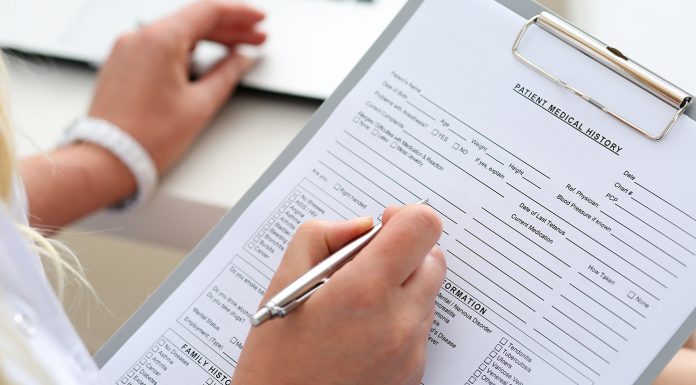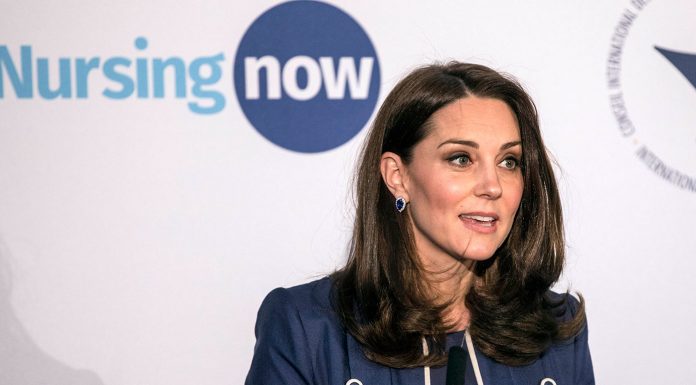This is one scenario contained in New Zealand’s first major report on future nursing supply due to be presented to the Nursing Council today.
The Nursing Council commissioned the economic research firm Berl to predict what the nursing workforce supply could look like in 2035 and how that matched projected health service demands from our rapidly ageing population.
Council chief executive Carolyn Reed shared some of the Berl report findings to a recent forum in Christchurch, including that the projected nursing shortage was likely to start hitting from 2020 onwards as the impact of the ageing nursing workforce also starts to be felt.
“We haven’t got a lot of time to prepare as we are in 2013 now – and it will worsen around 2030 as nurses start to retire in greater numbers.”
Reed said the most “scary” scenario was the number of nurses projected to meet the health needs of the ageing population.
The number of people aged over 65 was expected to double by 2029 to more than a million and the report predicts nearly 70,000 nurses would be needed by 2035 to meet the resulting increased demands on health services.
If the nursing workforce continued to grow at its present rate, it was projected to increase by only 4000 to reach nearly 54,000 nurses by 2035 leaving a shortfall of 15,000 plus nurses.
The other scenario outlined in the report looks at how many nurses would be needed in 2035 to just retain the current nurse to population ratio (one nurse to every 100 people) and estimates that the country would need 60,000 nurses – a shortfall of 5,000 plus nurses.
“Both of these scenarios suggest that the supply of nurses will obviously need to increase to meet health demands,” said Reed. She said the Nursing Council had become involved because patient safety was at risk if there were not enough nurses.
One option was to increase the number of overseas-trained nurses in the workforce from the current 25 per cent to 33 per cent, but with other countries also predicting shortages, competition would be tough, including from across the Tasman.
“There is no doubt in my mind that the best solution to the problem is that we increase the number of nurses that we produce,” said Reed.
She said the council was working with nurse educators and employers on overcoming current constraints on increasing the number of student nurses including funding and the lack of clinical placements.
“We also need to be looking at what we are doing to increase the enrolment and completion rates of Māori and Pasifika nurses because we know we need more nurses to better support those populations.”
Reed said New Zealand also needed to better support and integrate overseas nurses as they remained an integral part of the workforce. “We need to make sure that when they come here that they are not disenchanted and want to move to another country.”
Ministry of Health chief nurse Jane O’Malley said her office was working with the national nursing organisations on a range of policy initiatives to help meet projected nursing demand including looking at undergraduate education numbers and moves to increase graduate employment.






















